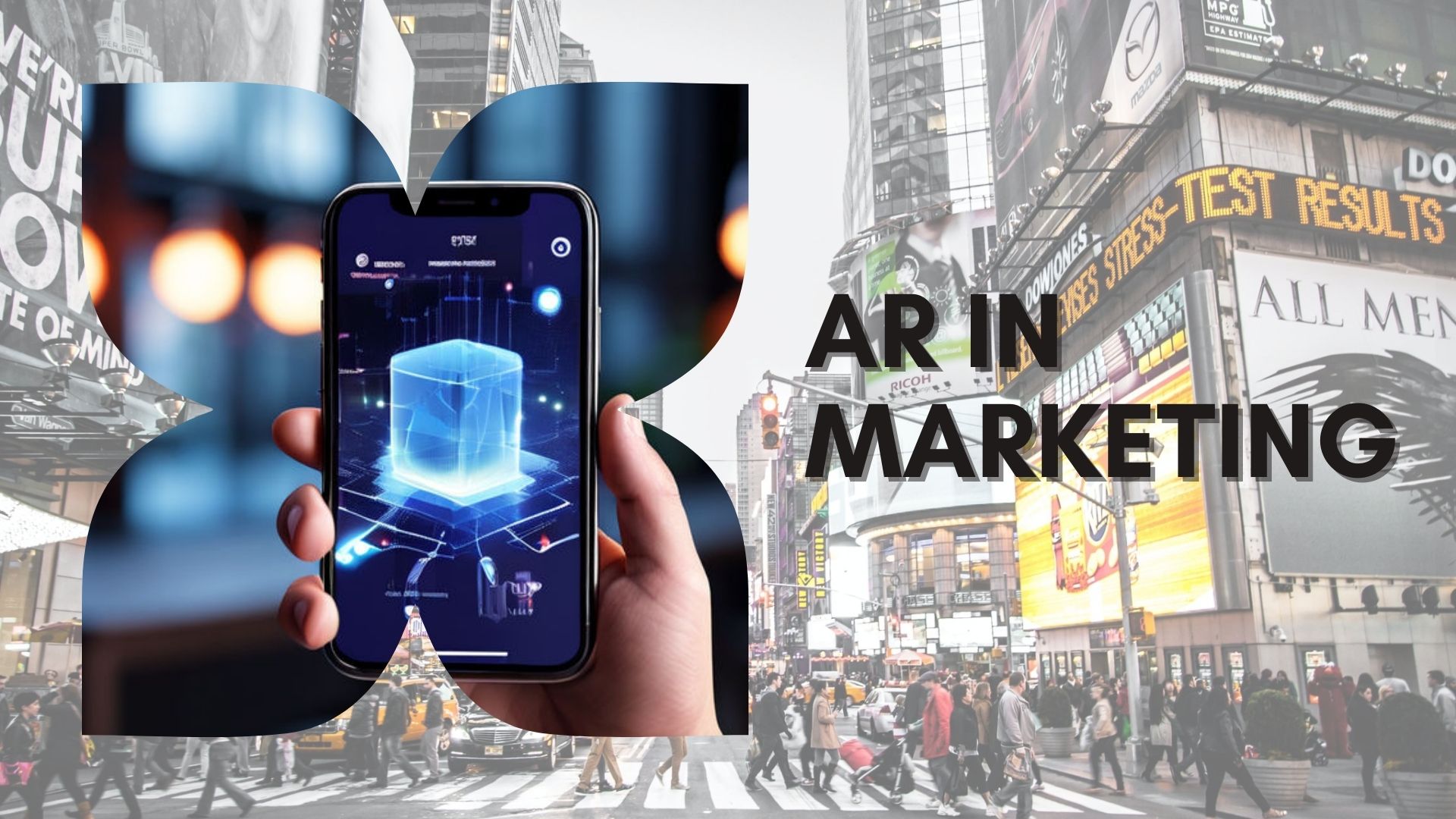
Proper training is what separates medical students from seasoned professionals, and the key point of difference is firsthand experience versus drills and exercises. When it’s the real deal, there are no second chances. Rather than waiting for sick patients in order to gain hands-on medical training, healthcare workers are starting to leverage immersive technology like augmented reality and virtual reality to help bridge the gap between classrooms and procedures. With AR and VR, medical students can learn through simulated, yet highly realistic experiences that mirror real life scenarios — giving healthcare workers the added edge needed to take their learning and experience to the next level.
IMMERSIVE TRAINING
AR and VR stand as highly flexible mediums for information uptake. The traditional reading and drilling sessions have their place in education, but frontline healthcare providers ultimately require hands-on practice. By catering towards different styles of learners (EX. visual, kinesthetic), institutions will reach a wider pool of students more effectively, boosting retention rates across the board.
One major advantage of AR is that it moves beyond 2D images to deliver detailed 3D views of complex or otherwise abstract concepts. Complicated anatomy such as the human heart is visualized as a 3D turnaround model with tappable points that display relevant info or play videos. These models can also be integrated into existing textbooks via scannable photos linking to additional educational content. Advanced applications allow their users to virtually operate on any individual organ or inspect a complete human skeleton.
Leveraging VR creates an environment that is completely simulated and isn’t bound by any real-world elements. With a headset and hand-held controllers, VR training delivers scenarios such as emergency trauma reception and care. With simulated patients and equipment, healthcare training using VR becomes risk-free and can be replayed as an additional learning tool.
REDUCED EQUIPMENT COSTS
Just for context, the average cost for a stent replacement is $36,000. With cash like that on the line, practicing with actual stents becomes very expensive very quickly. It begs the question, why work with fragile, five-figure equipment when you can generate an infinite number of virtual replicas?
The same principle applies to more sensitive forms of training. Cadavers are traditionally the most realistic means of simulating a living patient, however, two issues endure: sustainability and reusability. With augmented reality and virtual reality, students may freely manipulate interactive, life-sized human bodies without worry.
PORTABILITY
Healthcare applications of AR and VR are not restricted to any single facility, field of practice, or piece of hardware. Both technologies are fairly lightweight, with VR existing through headsets and AR through mobile apps and even hands-free glasses. Users can operate on a virtual patient using any decently sized table as a base. By eliminating the need for specialized props or heavy equipment, immersive technology offers unlimited opportunities for education and training. It’s safe to say that in the healthcare field AR and VR have you covered from a single blood cell all of the way to complex surgeries.
Gravity Jack has a dedicated development team ready to help bring your healthcare training concept to life. Feel free to drop us a line to talk about education, training, and more!








